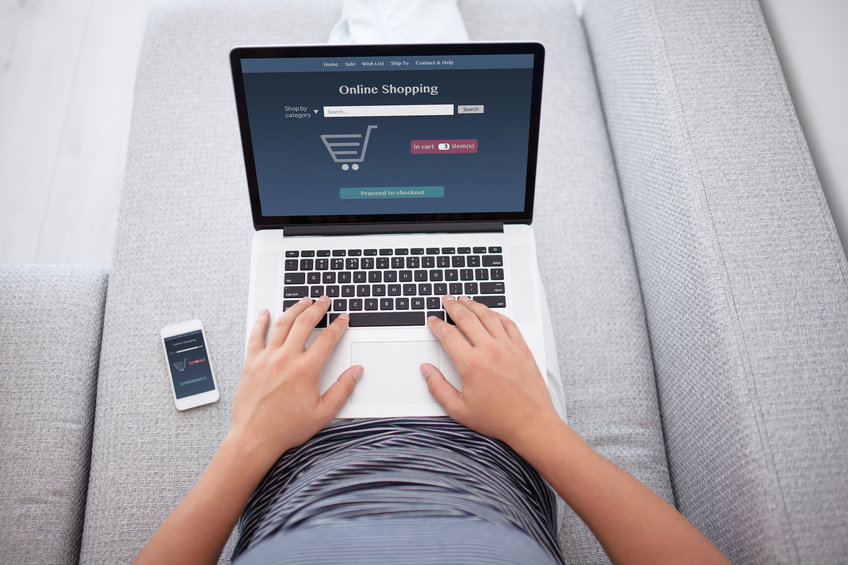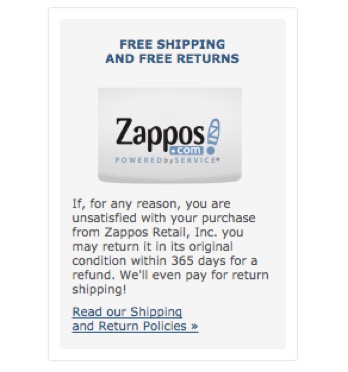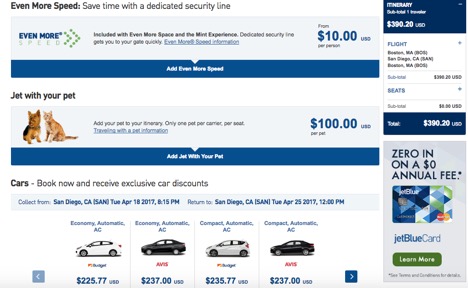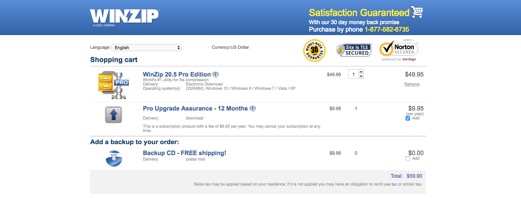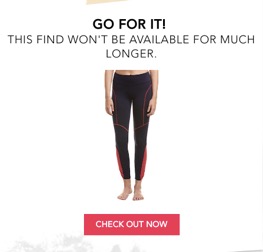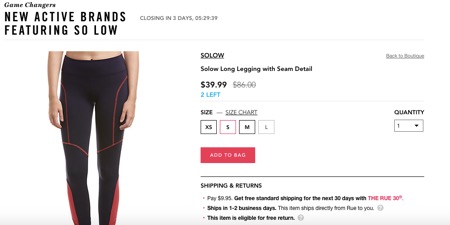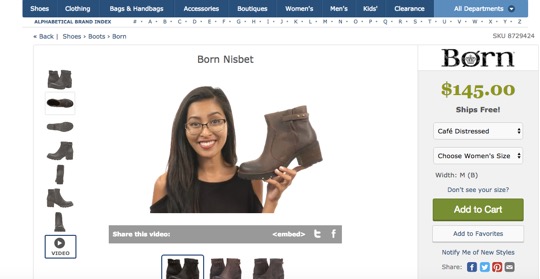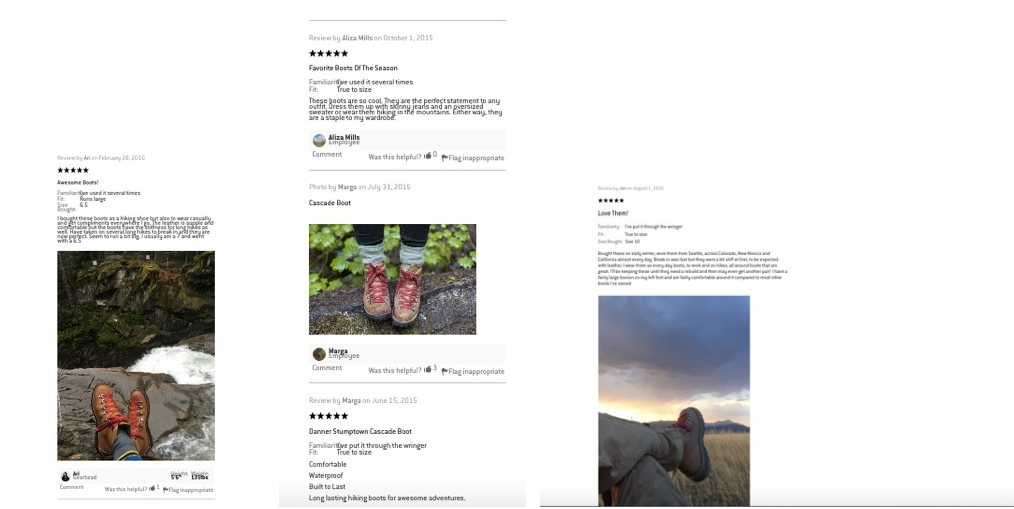Ecommerce today is a competitive and ever-changing space. Checkout abandonment hovers around 60% and cross border eCommerce is growing so rapidly that Forbes reported it will bring in $1 trillion by 2020. In order to stay in front of customers and ahead of the competition while taking advantage of the cross border opportunity, merchants like you need strong forward thinking strategies. This guide will offer you just that — proven tactics and strategies to increase your eCommerce conversion rates and bring in more sales.
Simplify and Streamline the Shopper Experience
Mobile
According to Tech.Co, “Mobile commerce is close to hitting $79 billion in revenue by the end of the year and pass the $284 billion benchmark by the end of 2020.” However, the overall customer 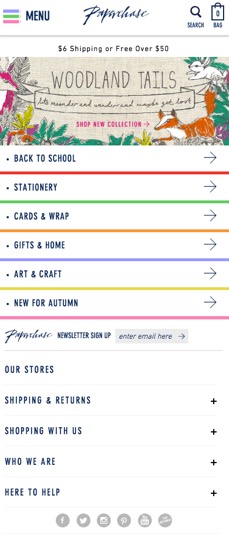
According to another research study done by BI Intelligence, “the conversion rates for mobile checkouts are still low due to poor optimization. Customers use various devices to access the store, yet in most cases, it’s harder to find the product details and finalize the purchase on a smaller screen.”
Mobile is important as consumers today spend roughly a third of their time on their smartphones. If you want to capitalize on this consumer behavior, it is critical that your mobile site is optimized for user experience. To the right is an example from Paperchase of mobile friendly design.
Returning Shoppers
Returning customers are your best customers! Make sure that you provide your customers with a seamless experience so that they keep coming back for more (and maybe recommend you to their friends as well). After all, returning shoppers are likely to spend three times the amount of a first-time single shopper.
Store customer information (securely, of course) so that they can come back to purchase with just one click in the future! Or better yet, offer customers the option to sign up for recurring orders. Kiehls.com for example offers auto replenishment so shoppers don’t have to worry about re-ordering their products every month and the company then receives a predictable, recurring stream of revenue.
Subscriptions
Subscriptions are important for a couple reasons. Just like with Kiehl’s auto-replenishment strategy, subscriptions offer recurring revenue for your business and simplify the shopping process for your customers.
The second reason subscriptions are beneficial has to do with payment approval. Often, orders over a certain dollar amount will be flagged as fraud and declined. A recent study we conducted with PYMNTS.com revealed that transaction values above $250 only have a 67% conversion rate. The solution for increased conversions is not to lower the price tag of your product, but rather to offer multiple subscription billing options so that transactions are not flagged for fraud and shoppers can purchase at a price they can afford and at a frequency they are comfortable with. By offering subscription-based pricing, you can break up the high cost of your product or service into monthly or quarterly payments that have a much higher likelihood of acceptance. If you decide to offer subscription pricing, make sure you work with a payment processesor that has credit card updating functionality — so that when a subscriber’s card expires or is replaced, your system can make automatic updates.
Live Chat
Shoppers have questions, especially when they are looking at products and services online. Answering those questions immediately will increase your odds of converting shoppers into buyers. Using live chat can be the best way to do that. In fact, 44% of customers say that that having a live person answer their questions while in the middle of an online purchase is one of the most important features a website can offer.
Easy to Find Phone Number
Clearly display your customer service phone number (preferably in the header bar of each page) so that your customers don’t miss it. It shows that you are willing to help and restores the customer’s trust in you. Not only that, but some shoppers still prefer to order over the phone. You don’t want to miss out on sales because your phone number was buried in your website and was too hard to find.
Optimize Your Checkout Page
Branded Checkout
Your brand should be visible and clear from shopping cart to checkout page so customers don’t feel like they’re being led astray when it comes time to pay. A branded checkout has a 30% higher conversion rate than a generic checkout.
Eliminate Unnecessary Form Fields
Nobody wants to fill in more fields than necessary. It’s time consuming and cumbersome to input all that information at checkout. That’s why it’s important to reduce the number of form fields on the checkout page and pre-fill customer information. It has been found that reducing the number of form fields from six to three can increase conversions by an average of 66%.
Show Progress Indicators
Nothing is more frustrating than being led through a series of forms without knowing how many more you will have to fill out. If there are multiple steps to the checkout process, use a progress indicator to show how far along the shopper is and how many more steps they have to go through before their order will be complete.
Security Logos
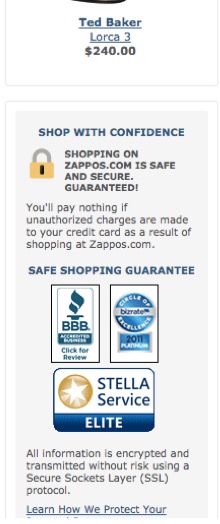
Zappos is a great example of security logos done right. Here they display three different logos, an image of a lock and two prominent lines of copy that reinforce security plus a link to learn more about how Zappos protects customer data.
Mobile Wallets
Mobile wallets are gaining in popularity and that’s good news for eCommerce merchants, because these payment options can produce dramatic improvements in payment conversion rates. The Amex Express Checkout website claims a 20% increase and PYMNTS.com has reported a 51% lift attributable to Visa Checkout. Moreover, you can bet that the conversion lift is even greater for merchants that sell on mobile, where checkout abandonment is notoriously high. Another boon for mobile wallets has been the introduction of the credit card chip which has slowed down the buying process for consumers at point of sale terminals. The New York times recently wrote in their article, Why Apple Pay and Other Mobile Wallets Beat Chip Cards,
“At Walgreens, after I inserted a chip card, the transaction took eight seconds before a receipt started printing; Apple Pay and Samsung Pay took three seconds; and Android Pay (Google’s service) took seven seconds. At BevMo, the chip payment took 10 seconds; Samsung Pay took four seconds and Android Pay and Apple Pay each took five seconds. At Nancy Boy, the chip took eight seconds, and all the mobile payment services tied at 2.4 seconds.”
Although mobile wallets are relatively new, they are already being accepted by big brands such as Starbucks and Walgreens.
Return Policy
A return policy can have a dramatic effect on conversions. Just look at the success of Zappos, which accepts returns a year after purchase. Not only that, but they display their return policy on their checkout page.
Up-Sell and Cross-Sell
Add-ons are a great way to maximize your revenue and can increase the average order value by at least 25%! If you are selling products that go together (and most of them probably do) make sure you advertise this — especially at checkout. Creating a one-click add-on for your customers is a great way to boost sales and look like a shopping guru all at the same time.
Don’t Forget About Your International Shoppers
Local Language Options – Hallo! Wie geht es ihnen heute?
Cross-border shoppers are likely to spend almost twice as much as local shoppers – which is a big opportunity! Yet, not surprisingly, 75% of customers prefer not to make a purchase decision unless the site is presented in their native language. Make sure that they are comfortable navigating around your site and you have presented all your information in the local language of the country you are selling in.
Local Payment Options – Sacrebleu!…
…is what your international customers might be saying if they can’t find their local payment type and currency during checkout. Credit cards like Visa and MasterCard, although popular in the United States, are not necessarily the most popular options in other countries. For example, in France, one of the most common payment methods is their local debit card, Carte Bleue. It is important to make sure your payments provider can process local payment types around the globe. They should also have multiple acquirers worldwide to ensure the highest processing success rates. Without local payment options, you could lose up to 13% of shoppers. Can you say “shopping cart abandonment” in French?
Make Sure Your Website Design is Working for You, Not Against You
Be Clear About Who You Are and What You Sell
How many times have you searched for something on the internet, only to be brought to a website that seems like a shady back alley? By doing the 3-second test on your website, you can make sure you haven’t turned your own site into one of those back alleys. In three seconds, your customer should be able to tell a) what you sell and b) make a judgment on whether they would trust you with their payment information. Do your own three-second test to see if you would even trust you with your money.
Clearly stating your value proposition is important. Although it might sound obvious, plenty of websites struggle with this. And not being clear about what you do, who you are and why shoppers should buy from you will lead to confusion and high bounce rates. Writing clear, concise copy and using high quality, compelling images will help to convey the important aspects of your company that you need shoppers to grasp immediately.
Make Sure Your Website Has a Clear Visual Hierarchy
With so many websites and so much content to consume, nobody has time to read every word on your website. That’s why a visual hierarchy is so important. You need to make sure that shoppers are seeing what is most important first — likely when they are doing an initial scan of your site. Then they can dig deeper into the secondary information. Creating a visual hierarchy will also make your site look aesthetically appealing and professional.
Search Engine Optimization (SEO)
Want to show up first in Google when shoppers are searching for products or services you sell? If so, SEO is key. But to implement a strong SEO strategy you are going to need content, so make sure you are ready to write or have a dedicated resource that is. Using tools like MOZ and Google Keyword Planner can help you get started.
Leverage Your Data and Analytics
Analyze Data
To help you analyze your eCommerce business with a critical eye for continued growth track data such as:
- subscriptions
- total transactions
- revenue
- conversion rates
- payment declines
- shopper locales
- currency
- payment methods
Track Conversions
Only about 10% of merchants are tracking their conversions! Without knowing where you are successful, how are you going to know where you need to ramp up your efforts?
Incentivize Customers to Buy Now
Free Shipping
Thanks in large part to Amazon, free and fast shipping is what consumers want. And if done right, it can have a great impact on conversions and sales. Forbes reported that In 2014, skin care website NuFace saw sales increase 90% when it added free shipping over a certain spend threshold.
Limited Time Offers and Scarcity Tactics
Creating a sense of urgency can be a great way to get shoppers to buy now. Travel sites do it all the time when selling plane tickets (Only 1 left). It can also be used on popular items or sales items, by noting that “There are only a few left! Get yours now before they are gone!”
Limited time offers work in much the same way. They play on the sense of urgency and encourage shoppers to buy within a certain time period so they can take advantage of your offer. As Rejoiner.com wrote,
“Artizia, a women’s fashion retailer, does an incredible job of running limited time offers. Artizia is known to only run sales about three times a year and many line up for the annual Aritizia warehouse sale. It gets pretty intense as seen here. At the time of writing this, they’re running a “you snooze, you lose” sale which is on for a limited amount of time. They recently added free shipping to the sale this past Friday the 13th but it only lasted a few days. You can bet they increased conversion.”
Flash sale sites like Hauetlook, Ruelala and One Kings Lane are based entirely around the strategy of limited time offers, with items only available for a certain period of time, typically a day before they are gone. And they play up scarcity by only selling a certain amount of each item and only allowing shoppers to keep an item in their cart for a certain number of minutes before it goes back to the “rack” for other shoppers to scoop up.
Coupons
Coupons are a tried-and-true way to increase sales and drive more traffic to your site. You are likely using them already, and if not, then they should be high on your to-do list. Coupons can be implemented at any time of year but are especially helpful around holidays or to match certain promotions. To make it easy for shoppers, make sure you are working with a payment processor who will allow you to set up a custom coupon code such as “CyberMonday” to match the promotion or holiday and then paste the coupon code in to your checkout page. Shoppers can then simply click and go right to your checkout page with the discount already applied. Coupons are also a great way to bring existing customers back to your site, boost repeat purchases and increase customer lifetime value.
Show Off Your Products
Video
Video is one of the most popular mediums through which consumers prefer to view digital content. And for eCommerce merchants selling physical goods, harnessing the power of video can be a boom for business. As Michael Lazar, Director of Online Marketing at ReadyReturns, said in a Market Wired press release, “Consumers want a more interactive experience when shopping online, and by delivering product videos, you stand to reap the rewards of decreased return rates, improved brand trust and enhanced customer loyalty.” Zappos has known this for a while, which is why they rely so heavily on video to help them sell online. And it might also be the reason they are able to offer a 365-day return policy.
Reviews (With Photos If You Sell Physical Products!)
Don’t forget the customer reviews! As reported by Forbes,
“The number of online consumers who read and trust online reviews is increasing. According to a survey by BrightLocal, 88% of consumers trust online reviews as much as a personal recommendation—which is astounding, considering most online reviews are posted by total strangers. The same survey found that only 12% of the population did not regularly read reviews for consumer products.
What this means is that not offering user reviews (or ignoring them as a potential marketing opportunity) is akin to alienating 88% of your buying population, depriving them of information they want to help them make their buying decisions.
Even better than a written customer review on your site is a customer review with photos. Encourage and incentivize shoppers to post photos of their new products along with a review — and make sure it’s as easy as possible for them to do so. Here are a few great examples from Backcountry.
This infographic was created by Performance Card Service.
At BlueSnap we help merchants like you not only accept and process customer payments, but we also have a team of conversion consultants who specialize in assisting merchants with website conversion optimization. So, if you have any lingering questions after reading through this guide or would like to simply chat to one of our conversion specialists, contact us!

